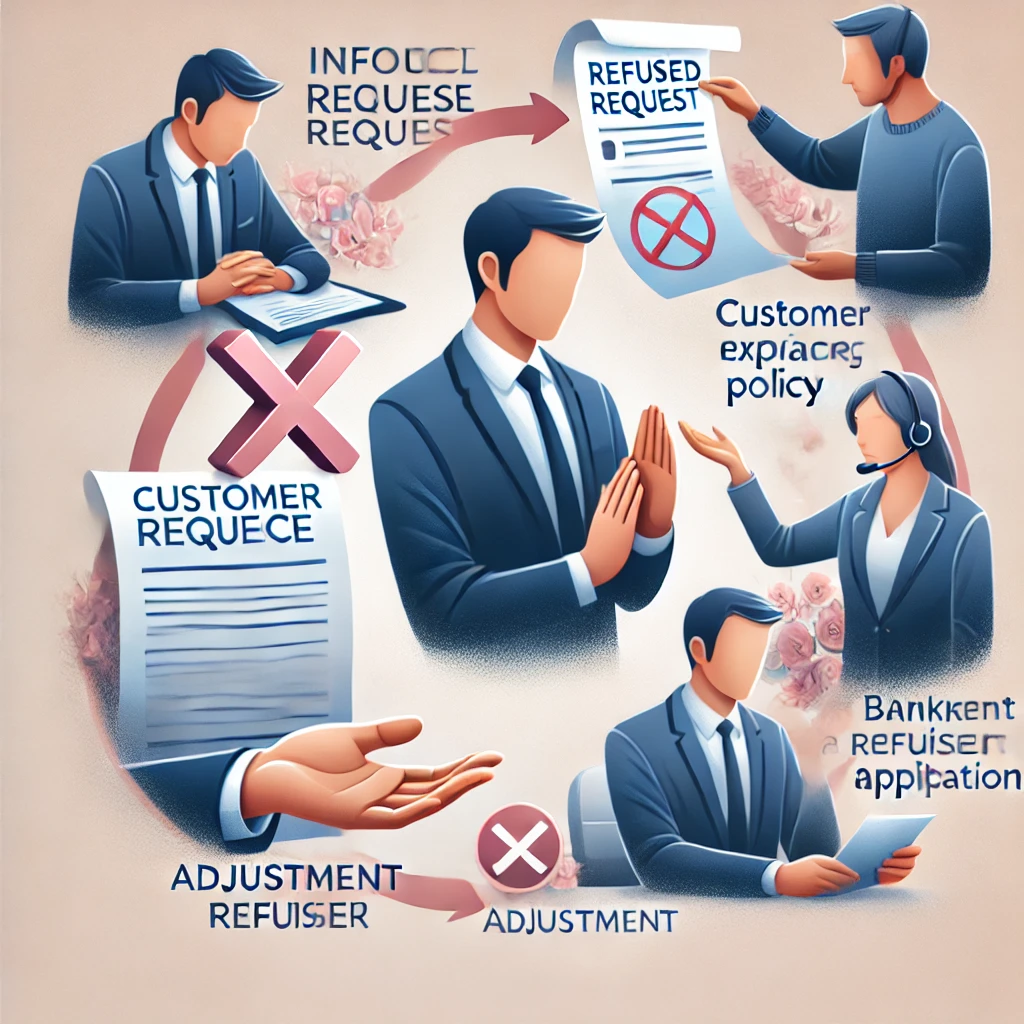Whether you’re trying to sell a product, gain approval for a proposal, or encourage action — persuasive written messages play a crucial role in business communication. Unlike direct requests or bad-news letters, persuasive messages aim to motivate the reader to agree or take action through logical appeal, credibility, and emotional connection.
—
What Is a Persuasive Written Message?
A persuasive written message is a formal letter, email, or memo crafted to influence the recipient’s thinking or decision. Common examples include:
Sales letters
Fundraising appeals
Project proposals
Requests for support, funding, or participation
—
Key Elements of a Persuasive Message
1. Attention – Start with a strong hook or opening that captures interest
2. Interest – Highlight the relevance or benefit to the reader
3. Desire – Create a need or emotional appeal
4. Action – Clearly state what the reader should do next
(This is known as the AIDA model: Attention, Interest, Desire, Action)
—
Structure of a Persuasive Letter
1. Opening – Create curiosity or urgency
2. Body – Explain the purpose with facts, benefits, and reasoning
3. Call to Action – Clearly mention the expected response
4. Closing – End on a motivating and polite note
—
Example Situation: Persuasive Proposal Letter
Scenario: Convincing management to approve a hybrid work policy.
Opening:
“Flexible work hours are no longer a trend — they’re a strategic necessity.”
Body:
Provide data, benefits (productivity, retention), and successful case studies.
Call to Action:
“I request a meeting to discuss implementing a pilot hybrid work plan next month.”
—
Tips for Writing Persuasive Messages
Use positive, confident tone
Emphasize “you” over “I” to focus on the reader’s benefits
Back up arguments with data or testimonials
Address objections tactfully
Keep it clear, concise, and goal-oriented
—
Conclusion
Persuasive written messages require strategic thinking and emotional intelligence. With the right structure and tone, you can influence decisions, drive action, and create meaningful change in business settings.
—
Call to Action:
Need ready-to-use templates for persuasive messages? Subscribe to our blog for practical resources and expert writing guides.




